Dengue situation in Bangladesh feared to turn grave
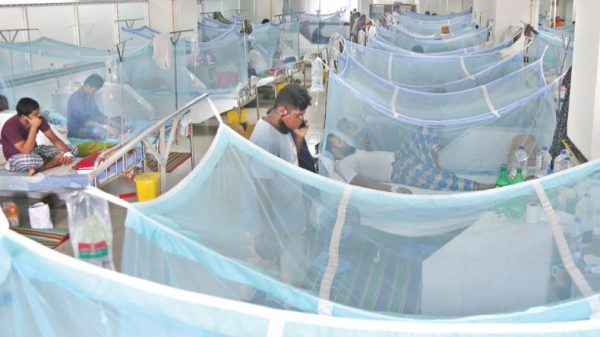
Shawdesh Desk:
Bangladesh is bracing for a tough monsoon, considered the peak season for dengue fever, as hospitalisation and deaths from the mosquito-borne viral disease remained steadily high in the early months.
The disease has already killed 21 people this year and caused 2,865 hospitalisations across the country, according to official count.
The pre-monsoon months saw more people get infected and killed by dengue than in 2019, 2021, and 2020—the three years with high numbers of dengue hospitalisations and deaths.
In 2022, when 281 people died of dengue, only one death was reported between January and June.
Government health officials and experts have warned that the dengue situation might get out of hand this year when the monsoon arrives with intermittent rains unless the breeding of Aedes mosquitoes is controlled.
‘We saw rain in the past two days and also observed intermittent rain a few days earlier. If we do not control mosquito breeding grounds now, it will be very tough to control the dengue situation,’ said Md Ekramul Haque, a deputy programme manager of National Malaria Elimination and Aedes Transmitted Diseases Control Programme of the Directorate General of Health Services.
DGHS officials and two Dhaka city authorities repeatedly asked people to remove stagnant water once every three days.
‘Scientists and experts fear a bigger dengue outbreak this year compared to the past. We are witnessing high dengue cases and deaths in the early months. We have already given directives to the hospitals and other stakeholders,’ said Ekramul.
Experts questioned why the Institute of Epidemiology, Disease Control, and Research was not identifying the dominant serotypes this year despite having the capacity.
‘We are afraid there could be a big dengue outbreak this year. The intermittent rain and favourable weather for Aedes mosquito breeding may worsen the situation in the days to come. We have failed to destroy Aedes mosquito breeding grounds, and the hotspots are increasing gradually,’ said Jahangirnagar University zoology professor and vector management expert Kabirul Bashar.
He feared that dengue cases would be higher in August and September this year.
Apart from rain and climate change, Kabirul also pointed out three man-made sources for Aedes mosquito breeding – collecting water in pots due to the water crisis, water stagnation in basements after washing cars, and under-construction buildings.
According to epidemiologist AM Zakir Hossain, if the intermittent rain continues, the breeding ground for Aedes mosquitoes will continue to rise.
Seeing Aedes mosquitoes breeding even when the temperature reached 41 C, he also expressed concern saying that it could an indication of an ominous change in pattern.
‘IEDCR can conduct both genetic serotyping and serological tests. I do not know why they are not doing it. I do not even know if they have a fund shortage or not,’ Zakir added.
Genetic serotyping and serological tests are conducted to identify dengue types.
IEDCR director Tahmina Shirin could not be reached for comment.
Of the total official dengue hospitalisation this year, 2,128 or over 74 per cent of dengue patients were reported in Dhaka city, while 737 were outside the capital city, according to the DGHS press release on Friday.
A total of 17 deaths, or 81 per cent of this year’s total official deaths, were reported in Dhaka city, while three died in Chattogram and one in Barishal.
The DGHS data showed that 566 people were hospitalised in January, 166 in February, 111 in March, 143 in April, and 1,036 in May.
At least 843 people were admitted to health facilities in the country in just nine days of June, with eight deaths, showing an alarming rising trend in dengue patients and deaths on the eve of the monsoon.
At least six people died in January, three in February, two in April, and two in May, while no death was reported in March, according to official data.
Dhaka North City Corporation mayor Md Atiqul Islam told New Age on Friday that there was no alternative to raising awareness to contain dengue.
‘Dengue cases in Singapore, Malaysia, Indonesia, India, and Vietnam are higher than in the past year. Singapore is considered a clean city, and 33,000 dengue cases were reported. We are doing our activities cordially and trying our best,’ Atiqul added.
The Dhaka North mayor also said that they were trying to use all modern methods, including chemical and biological control measures, to contain the situation, but it was related to climate and temperature.
‘We are raising awareness, and a social movement is needed to overcome the situation with the participation of people from all walks of life,’ he added.
Dhaka South City Corporation chief health officer Fazle Shamsul Kabir also claimed that the dengue situation was not only bad in Bangladesh but also in most of Asia.
‘Early dengue outbreaks were seen in Asian countries due to climate change. Singapore and Malaysia have worse situations than Bangladesh. We assumed it earlier and have been working since January this year,’ he added.
He said that they put all their efforts from the ward to the central level and conducted crash programmes, identifying the patients’ addresses.
On Friday, at least 510 dengue patients, including 439 in 53 public and private hospitals in the capital, were undergoing treatment across the country, according to official data.
Referring to ‘The Lancet’ study conducted in 2019, entomologist Manjur A Chowdhury, also a former president of the Zoological Society of Bangladesh, said, ‘The dengue cases, as well as the death toll, will be 20 times higher than they are normally reported.’
‘We only receive data from 53 government and private hospitals in Dhaka city,’ he said.












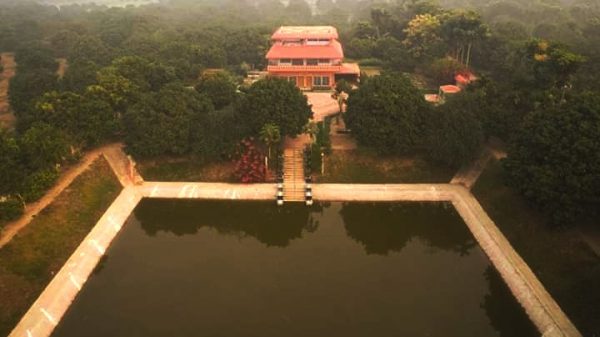
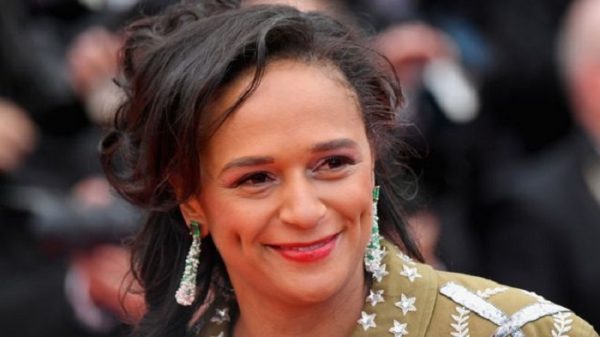
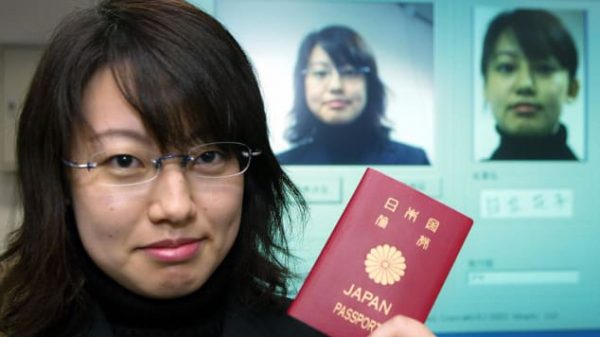



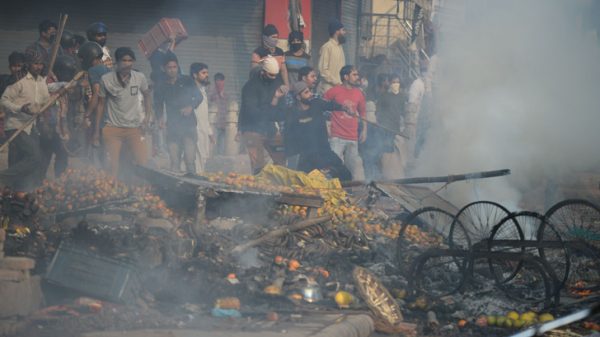
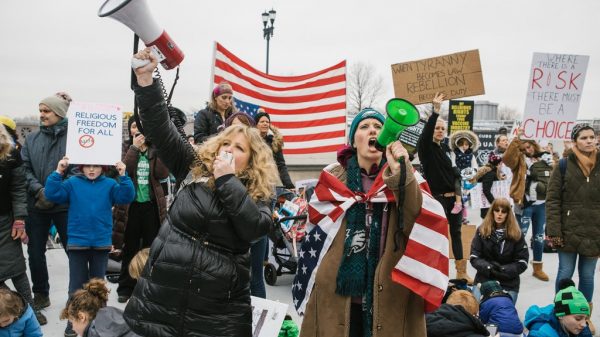



Leave a Reply